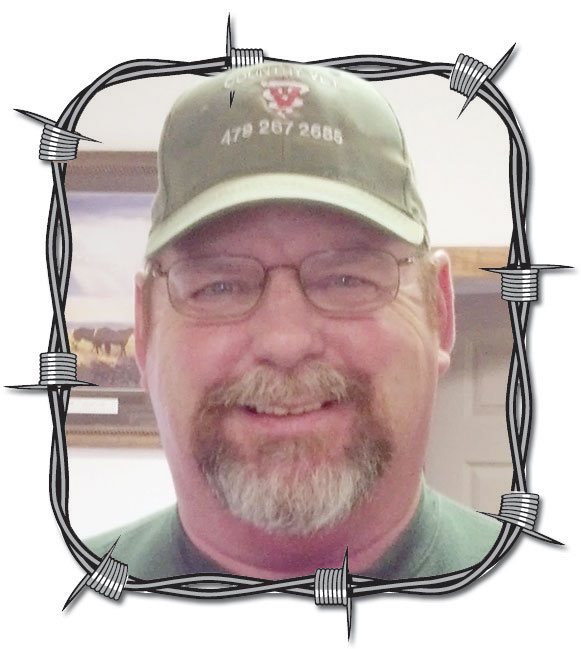 In order to stay up with the times and prevent a bad outlook on large animal or food animal veterinary medicine and surgery, I have started practicing pain management with dehorning and castration.
In order to stay up with the times and prevent a bad outlook on large animal or food animal veterinary medicine and surgery, I have started practicing pain management with dehorning and castration.
It does take a small amount of extra effort but the benefits make it very worth the effort and time.
What we have started doing is give an oral pain medication and local blocking it out. What we have noticed and had research done on is the calves loose less weight.
Most of the time it only takes the one dose of the oral medication at the time of the procedure to alleviate the pain. With the pain alleviated we have less stress and not losing weight for two to three weeks. If they are gaining just one pound a day and they are off for three weeks, that is 21 pounds lost. If they are selling for just $1 per pound then that is $21 lost. If I charge $15 to dehorn with pain management, you are saving $6 per head. Not a bad return on the investment.
And there is also the public perception of our business. We want them to see that we are doing everything possible to treat the animal’s right.
With the humane pain management I really think we are. Matter of fact in Europe it is already illegal to dehorn calves over 1 to 2 months of age and pain management must be used in all cases. I believe in being proactive and getting started ahead of the game.
Causes of injury
I do have a lot of animals brought in because of lameness. For a lot of them there is not much I can do except pain management and have the owners pen them up.
These are cases of a hip knocked down or a shoulder injury. These injuries generally happen during mating. The affected animal will either get butted off an animal or they come off an animal wrong and get hurt. I have also seen too big of a bull being used. I have also seen a pen of heifers ride one heifer down to the ground and just about kill her.
To detect this type of injury, all you need to do is to back away from the forest so you can see the trees. In other words, back away from the animal and look at them square on from the front or the rear.
Use your eyes to cut them in half and both sides should be exactly the same, only mirror images of each other. If they are off just a little and not totally symmetrical, there’s your problem.
This is exactly how I diagnose this problem.
Dr. Tim E. O’Neill, DVM, owns Country Veterinary Service in Farmington, Ark. To contact Tim go to ozarksfn.com and click on ‘Contact Us.’





